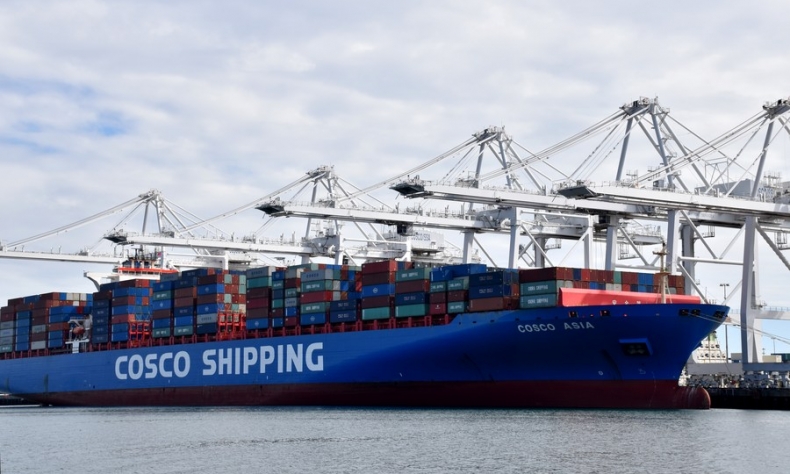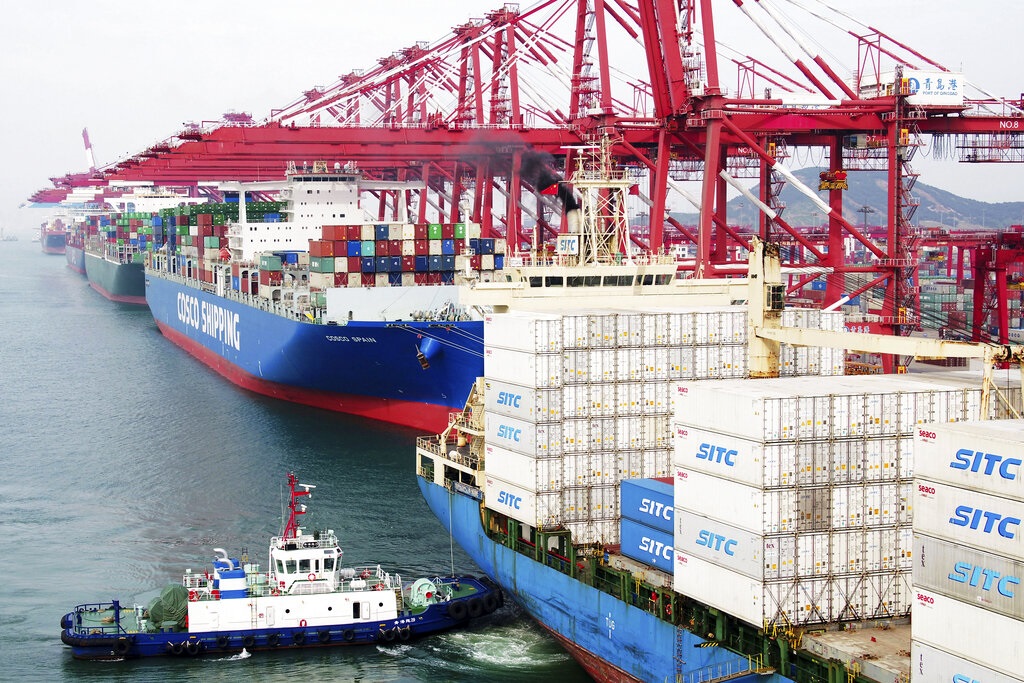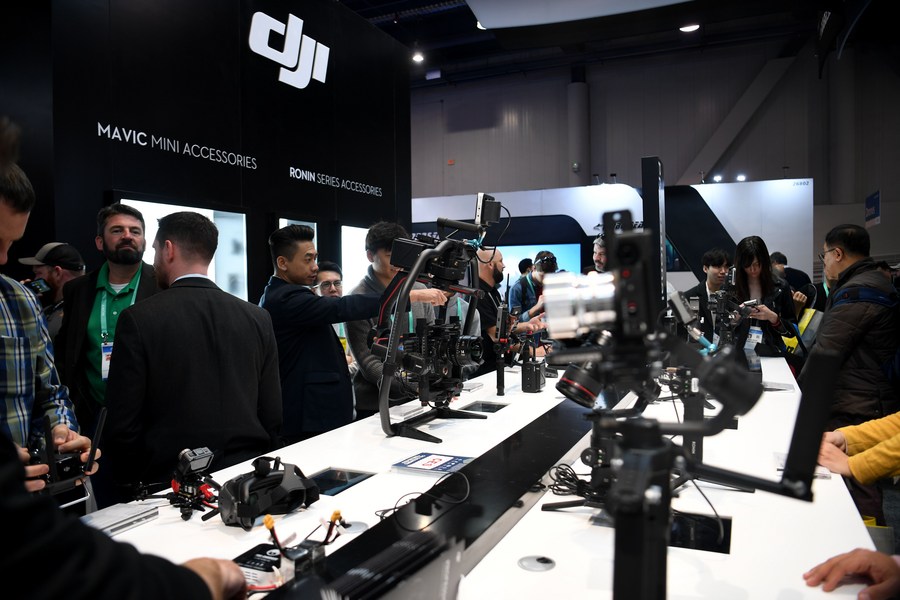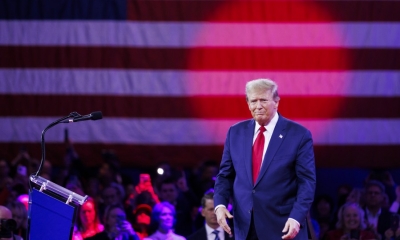Biden, China and Trade

Biden has the opportunity to commence negotiations designed to end the Trump trade war and eliminate its tariffs.
Relations between China and the U.S. are at a low point and the Donald Trump-instigated trade war continues under President Joe Biden. Can substantial progress be made in tariff reduction? In the realm of diplomacy, much is possible; but is Washington being sincere?
In 2018, Trump launched his counterproductive trade war against China, Russia, and several other countries. Overall, the Trump tariffs impacted some $410 billion in imports and exports and raised costs for the U.S. consumer by around $51 billion per year. They have since been forced to bear the brunt of the inflationary consequences and have seen their options reduced due to affected trade levels and decreases in both imports and exports.
So far, no progress has been made in tariff reduction with China, but prospects for talks are in the pipeline. The latter sends a positive signal, but concrete results must be registered in order to evaluate them—if and when concluded.

Tariffs and strategy
Washington revised its Cold War national strategy in 2008. That revision was implemented by Barack Obama’s administration and has been continued under Trump and Biden. The update maintained the longstanding U.S. policy of containment of the Eurasian landmass targeting China and Russia.
New emphasis was placed on non-military policy tools such as diplomacy, information war and economic war. At the same time, a military pivot to the Asia-Pacific called “rebalancing” was activated; its economic warfare component including export controls, decoupling and trade restrictions.
The years 2018 and 2019 witnessed the first signs of an approaching global economic slowdown; the outbreak of COVID-19 in early 2020 then wreaked havoc around the globe. All the while, Trump’s trade war continued to intensify the downtrend.
Can Washington carry on its trade war with China?
Looking at the internal situation in the U.S. one might think the correct answer here would be a definitive “no.” Deteriorating socioeconomic conditions today have become palpable across the U.S. and the pandemic shockwaves rippling through the economy came on top of its already rising poverty, mounting crime rates and racial tensions, weakening educational system, deteriorating infrastructure and public health, and the overall continuing decline of the middle class.
The Biden administration retained the Trump tariffs, stating these would provide useful “leverage” for any future trade negotiations. Yet this so-called leverage delivers a direct blow to the American consumer. Biden’s Build Back Better World (B3W) initiative remains nothing more than a slogan until actual progress is registered.
The U.S. trade policy under Biden is further complicated by emerging supply chain issues. The B3W includes the reshoring of production currently operating offshore. There is a lack of clarity about “decoupling” as some administration officials have floated the notion of “recoupling.”
It is reasonable to expect the Biden administration will have its policies worked out by the end of its first year in office. Biden has thus far stuck with the Trump trade war strategy, but given the lengthy governmental review process, and the complexity of the trade issues, some patience is required before the new administration can get its program in order.

The Biden administration obviously wants to secure aspects of the economy that play well with the public, such as creating new employment, particularly with the domestic political implications of the 2022 midterm elections in the wings. Reshoring is not without possibilities given the advances in manufacturing technology, artificial intelligence and materials science. Locating production closer to markets can be the logical choice in a changing global economy.
Nevertheless, while Biden may seek to improve U.S. competitiveness, his general framework bears various glitches. For example, the deterioration of the U.S. education system impairs the availability of workers in science, technology, engineering and mathematics, resulting in the shortage of highly skilled manufacturing personnel and technicians. Another significant problem is the scarcity of funding for research and development, although Congress did recently provide the sector with emergency subsidies.
Such issues raise questions about the long-term American competitiveness in a shifting international landscape. Asia is on the rise; not just China. The Association of Southeast Asian Nations (ASEAN) is an important factor to be taken into global account, both today and in the future. In the end, the U.S. will be facing competition not only from China’s 1.4-billion populace, but also from ASEAN’s 700-million population.
Phase one: a done deal?
The U.S. and China signed a phase one trade deal on January 15, 2020. In return for easing some of their existing tariffs, it mandated that China acquire more American agricultural goods over the next few years. The temporary agreement is set to expire at the end of this year. The question is whether Biden will let it lapse or will seek to renegotiate it.
This agreement is an exercise in politically managed trade rather than one of market forces determining trade patterns. Politically managed trade relations are subject to many factors, including diplomatic and military factors. The unexpected COVID-19 crisis became significant for China not being able to fulfill all its commitments. And the Taiwan question still seems to be a flashpoint.
Despite the impact of the pandemic and the global economic slowdown, China has in fact increased purchases from the U.S. in some categories. Overall, however, it is said China’s purchases are about 60 percent of the agreed-upon levels.
Some areas have seen significant progress, though. A major liquefied natural gas deal with the U.S. saw China commit to substantial purchases in the field and China’s acquisition of U.S. agricultural goods has amplified noticeably. So the news is not all bad and trade negotiations can take place in a setting that presents opportunities in some areas as well as challenges in others.

Can Washington conduct sincere negotiations?
In one stunning and revealing recent statement, Secretary of Commerce Gina Raimondo said the U.S. would rally its allies to put more pressure on China. “If we really want to slow down China’s rate of innovation, we need to cooperate with Europe,” she concluded.
At the very least Raimondo was breathtakingly frank about the American economic warfare on China. Many critics of the U.S. policy have been accusing the country’s administrations of this hostile intent all along.
Washington for years has been fixated on the idea that economic development in foreign countries should be based on the U.S. model. From the standpoints of history and cultural diversity in the world, this is a rather unrealistic concept. All countries are sovereign and can carve out their own, most befitting paths toward development. The international community today recognizes this need for alternative growth models suited to local conditions and experience.
Biden has the opportunity to commence negotiations designed to end the Trump trade war and eliminate its tariffs. The clock ticks as the global economy wobbles.Washington must be realistic and put the dispute to rest, but whether Biden can rise to the occasion remains to be seen. The deal has yet to be done and dusted.
 Facebook
Facebook
 Twitter
Twitter
 Linkedin
Linkedin
 Google +
Google +







